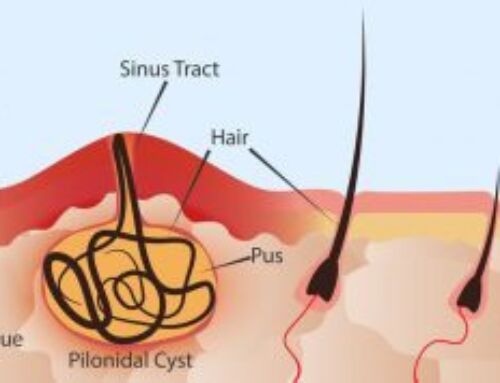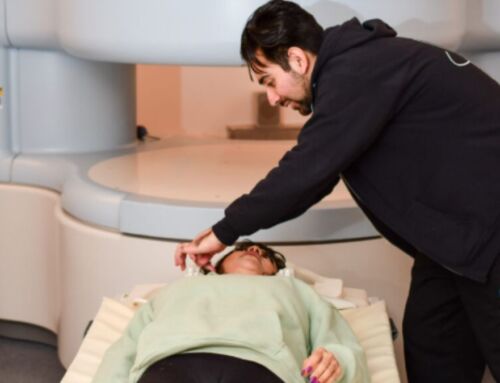“This blog breaks out what patients can expect during each healing phase of pilonidal cyst surgery, therefore exploring the recovery schedule following excision surgery of pilonidal cyst. It addresses post-surgical care advice, the differences between incision and drainage vs complete excision recovery, and elements influencing healing duration.”
Pilonidal Expert is aware that undergoing pilonidal cyst excision surgery can be intimidating from the operation itself as well as from the following questions. Among the most regularly expressed concerns we receive is “How long will it take to recover?” To be honest, nobody recovers exactly the same. Still, knowing what to expect and how to manage each phase of recovery will help you to feel more calm and in control.
Let’s walk through what recovery looks like from day one to full healing schedule.
How Incision and Drainage Affect Pilonidal Cyst Treatment Success?
There are two primary approaches to treating a pilonidal cyst disease with the best surgery option i.e. incision and drainage (I&D), and complete surgical removal.
Incision and Drainage (I&D)
This is often the first step when there’s an active infection. We make a small cut to release pus and reduce pressure. While this offers quick relief, it doesn’t remove the cyst itself, which may return without further treatment.
- Recovery Time: About 1–2 weeks
- Care Needed: Daily dressing changes, keeping the area clean and dry
- Follow-Up: We usually recommend a follow-up consultation to discuss permanent solutions
Surgical Cyst Removal (Excision)
In an excision of a pilonidal cyst, the entire cyst and its sinus tracts are removed. This offers long-term relief but comes with a longer recovery timeline.
- Wound Closure Options: We may use stitches (closed healing) or leave the wound open to heal from the inside out (open healing), depending on your case.
- Downtime Varies: Recovery needs can differ based on surgical method and your body’s healing rate.
Our aim is to eliminate the cause of the issue and stop recurrence with expert knowledge and tailored attention, regardless of the approach.
Explore more to Comparing Surgical Techniques
Is Pilonidal Cyst Surgery a Quick Recovery Process?
Following excision surgery pilonidal cyst, it is a gradual process for its recovery. Here is a breakdown of what to expect week-by-week.
Week 1: Immediate Post-Op
- Expect swelling, mild bleeding, and discomfort.
- We’ll guide you on proper wound care and provide medication if needed.
- Light walking is encouraged to support blood flow.
- Avoid sitting for long periods.
Your main goal during this phase is to keep the area clean and dry. Follow all instructions closely. Healing starts here.
Weeks 2–4: Building Momentum
- Pain typically subsides by the end of week two.
- If you have stitches, we may remove them in this window.
- You should feel more mobile and return to basic tasks.
During this time, pilonidal cyst excision surgery recovery accelerates, especially if you’re following care instructions. Some patients can return to light work or school activities.
Weeks 4–8: Wound Closure and Tissue Healing
- The wound edges continue to seal and grow stronger.
- You may resume normal activity, but avoid intense exercise or pressure on the area.
- If healing were left open, this phase might last longer.
We check progress closely through follow-up appointments. If needed, we adjust wound care or suggest non-invasive therapies to support healing.
Months 3–6: Full Recovery
- Most patients are back to full routines, including workouts, sitting comfortably, and traveling.
- Scar tissue may still be forming, so continue hygiene routines.
- Laser hair removal or shaving may be advised to reduce recurrence risks.
Healing is often complete within 6 months, but it can be quicker for smaller excisions or patients with no complications. Your experience is unique, we tailor care accordingly.
Tips to Speed Up and Support Healing
Recovery isn’t just about time, it’s about care. Here’s how to make your recovery smoother:
- Follow all wound care instructions.
- Keep the area dry and clean.
- Avoid friction or tight clothing.
- Don’t skip follow-up visits.
- Notify us of any pain, swelling, or discharge.
Staying consistent with care can prevent setbacks and improve comfort.
When to Call Us?
If healing doesn’t always go in a straight line. Contact us if you notice:
- Increased pain or swelling
- Fever
- Pus or unusual discharge
- Wound reopening
At Pilonidal Expert, we’re here to respond quickly. Early support can prevent bigger problems.
Conclusion
Though recovery after pilonidal cyst excision surgery takes time, with the correct care and professional direction, you can return to life stronger and pain-free. Whether your I&D is basic or you have had a complete excision of pilonidal cyst surgery, controlling expectations and preventing problems depends on knowing your timeframe. Walking with you through all stages of recuperation, Pilonidal Expert provides customized treatment to increase your confidence and support. Whether your needs are for help with therapy or you are preparing for surgery, let us be your consistent road map toward complete healing.




